Not far from Siena, a short distance from the outskirts of the city, heading southeast, one comes across a characteristic, almost lunar landscape: these are the Crete Senesi, the vast area characterized by large areas of barren, clayey soil (hence the name), made up of “mattaione,” a clay mixed with rock salt and chalk dating back millions of years. It is a unique landscape in Italy: splendid views, large areas where no plants grow (a hilly area in these parts is even known as the “Accona desert,” although it is not really a desert), spectacular formations such as gullies, crags and biancane, the typical dome-shaped reliefs that appear white due to the presence of large amounts of salt on the surface. The landscape of the Crete Senesi is extremely varied: in fact, not infrequently we also come across large green meadows, small groves, or we come across a few villages rising on the top of a hill. This is one of the most beautiful and also least known areas of Tuscany: a trip from these lands will leave anyone who makes it with the indelible memory of a land that has no equal. Here are the 10 stops of an itinerary among the Crete Senesi that we suggest and that you cannot miss.
According to legend, the town of Asciano was founded by Ascanio, son of Remus and brother of Senio to whom myth attributes the founding of Siena instead. The origins of the settlement are actually much older: already in the Bronze Age, in fact, the land on which Asciano stands was inhabited. It is one of the most characteristic villages of the Crete Senesi and still has its medieval layout. Its historic center, dominated by the Mencia Tower, has an extraordinary concentration of works of art: a visit can start from the Museum of Palazzo Corboli, where there are two unique masterpieces such as the Badia a Rofeno triptych by Ambrogio Lorenzetti and thefresco by the fourteenth-century Sienese Cristoforo di Bindoccio and Meo di Pero, which features a very rare iconography, that of the Wheel of Barlaam, and where it is possible to admire works by Giovannii Pisano, Francesco di Valdambrino, Matteo di Giovanni, Giovanni di Paolo and other great artists of the Sienese school. Then a visit to the Collegiate Church of Sant’Agata, with its beautiful altarpiece by Francesco Vanni, and to the Church of San Francesco, which contains fragments of late Gothic frescoes, is not to be missed.
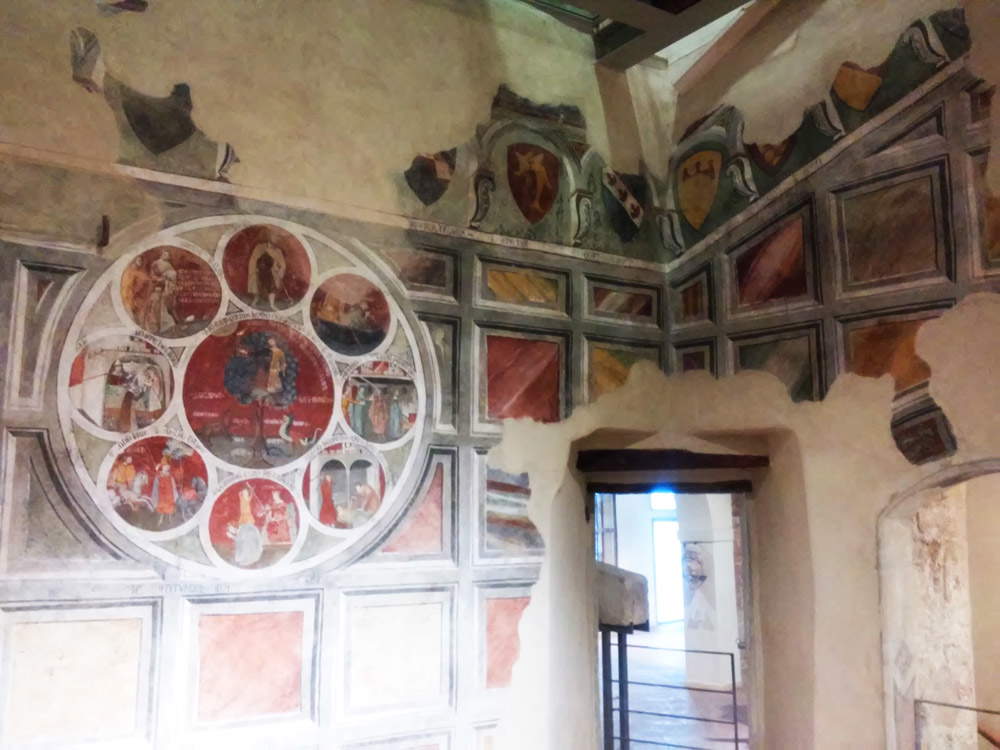
It’s a bit of a struggle to get all the way here, because it is located in the middle of the barren landscape of the Crete Senesi, a short distance from Asciano, but the view from the Site Transitoire repays the dirt road made to reach it. It is a work of Land Art created by French sculptor Jean-Paul Philippe (Altfortville, 1944), who lives and works between Paris and Siena, and is one of the most interesting works of contemporary open-air art to be found in Tuscany. It stands on a hill between the villages of Leonina and Mucigliani and is a stone structure that dialogues with light and the sun. “The shadow of this stone furniture,” says the artist, “traced its walk on the ground thanks to the appearances of the Moon and the Sun. On the summer solstice it is in the flattening of the window that the solar disk disappears, while the first star and the lights of Siena shine.” A work executed in dialogue with the landscape that welcomes it, it can be visited at all times, every day.
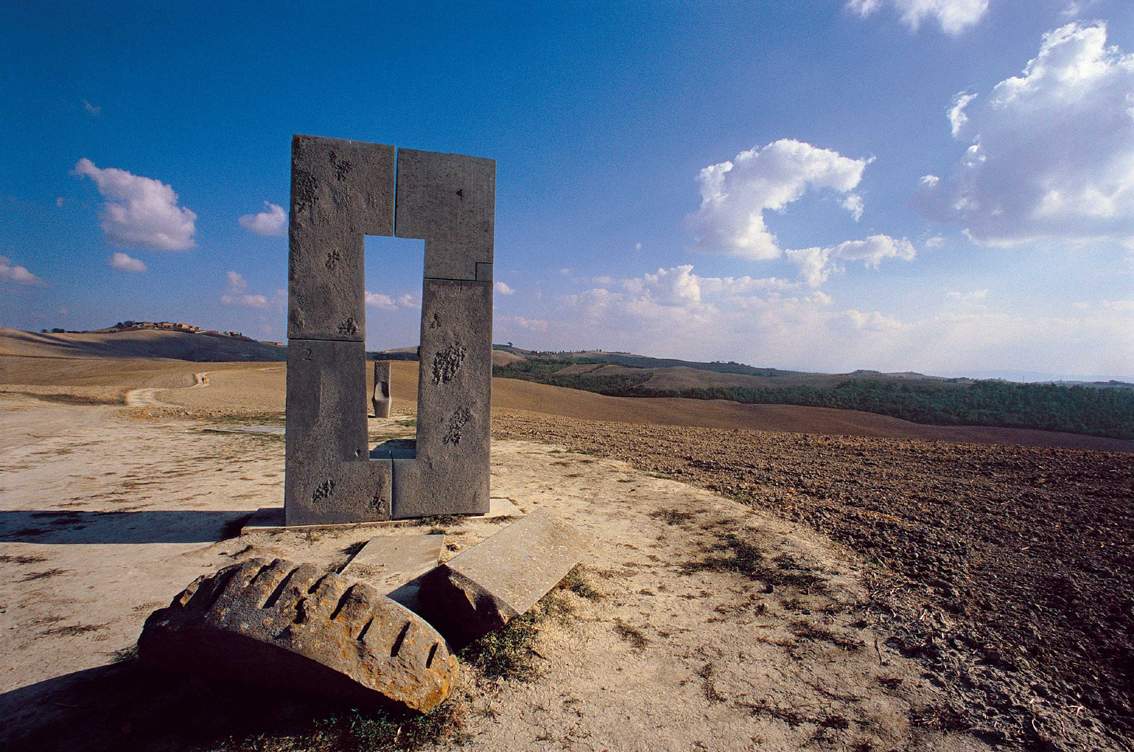
We are still near Asciano: nestled in a forest is the wonderful and little-known Abbey of Monte Oliveto Maggiore, founded by St. Bernard Tolomei in 1313, in a solitary place (exactly as it is today: in fact, the abbey is far from everything and everyone, immersed in total tranquility). The religious who still live here today observe the Benedictine rule, imposed on the monks of Monte Oliveto since 1319. Many spaces can be visited: the Monumental Library, the 15th-century church, which today features sumptuous Baroque decorations and a very valuable choir carved and inlaid between 1503 and 1505 by Friar Giovanni da Verona, the museum that houses works by Sienese artists from all periods, and above all the spectacular monumental cloister, a masterpiece of the Renaissance, with the famous frescoes by Luca Signorelli and Sodoma that alone are worth a visit to this splendid and unspoiled place, if not actually a trip to the Crete Senesi.
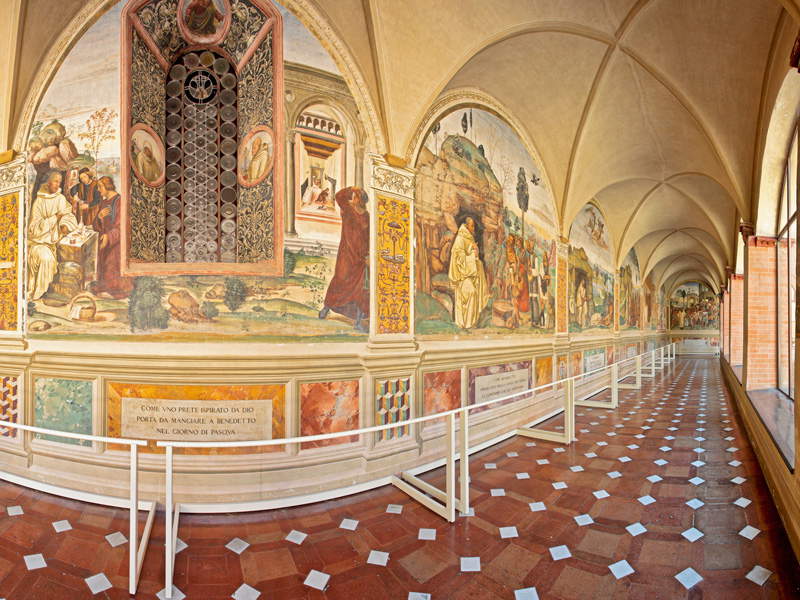
Small town that lies in a flat area in the center of the Val d’Arbia. Its name indicates it comme “Luogo Felice” (“Bonus Conventus,” in fact), and it presents itself as a fortified village that still retains large portions of its walls. Buonconvento is developed around the main street, Via Soccini, along which wind alleys that still retain their medieval appearance: at the center of Via Soccini is the Palazzo Podestarile with the Clock Tower (it is also easily recognizable because of the coats of arms of the podestas who governed the village in ancient times), and the church of Saints Peter and Paul, where there is a beautiful Madonna and Child by Matteo di Giovanni. Smpere on Via Soccini, in the ancient Palazzo Ricci Soccini, is the Museum of Sacred Art of the Val d’Arbia, founded in 1926: its rooms house a masterpiece by Duccio di Buoninsegna, the Madonna of Buonconvento.
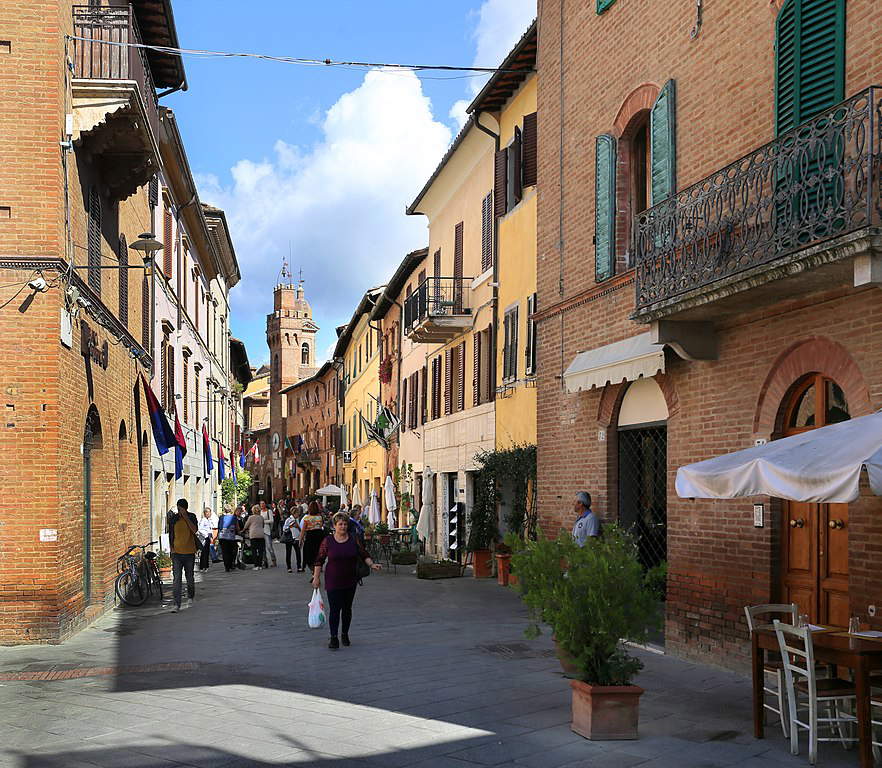
This pleasant spa town has experienced a fair amount of fame in recent times, despite its small size. Rapolano Terme in fact has only two spas (Terme San Giovanni and Terme Antica Querciolaia), but its beautiful landscapes and many accommodations surrounded by greenery have made it a particularly popular destination. Between baths, it is possible to visit, in the village of Rapolano Terme, the archpriesthood of Santa Maria Assunta, where a 14th-century Madonna del Latte (attributed to Paolo di Giovanni Fei) as well as paintings from the 16th and 17th centuries can be found, while just outside the hamlet of Serre di Rapolano is the small Romanesque parish church of Sant’Andreino. Also worth a visit is the ancient medieval village of Serre, known for its ancient travertine quarries. Here there is also the church of Saints Lorenzo and Andrea with works by 14th-century Sienese artists, and the Museum of the Ancient Grancia and Oil, which tells the story of rural life in these lands.
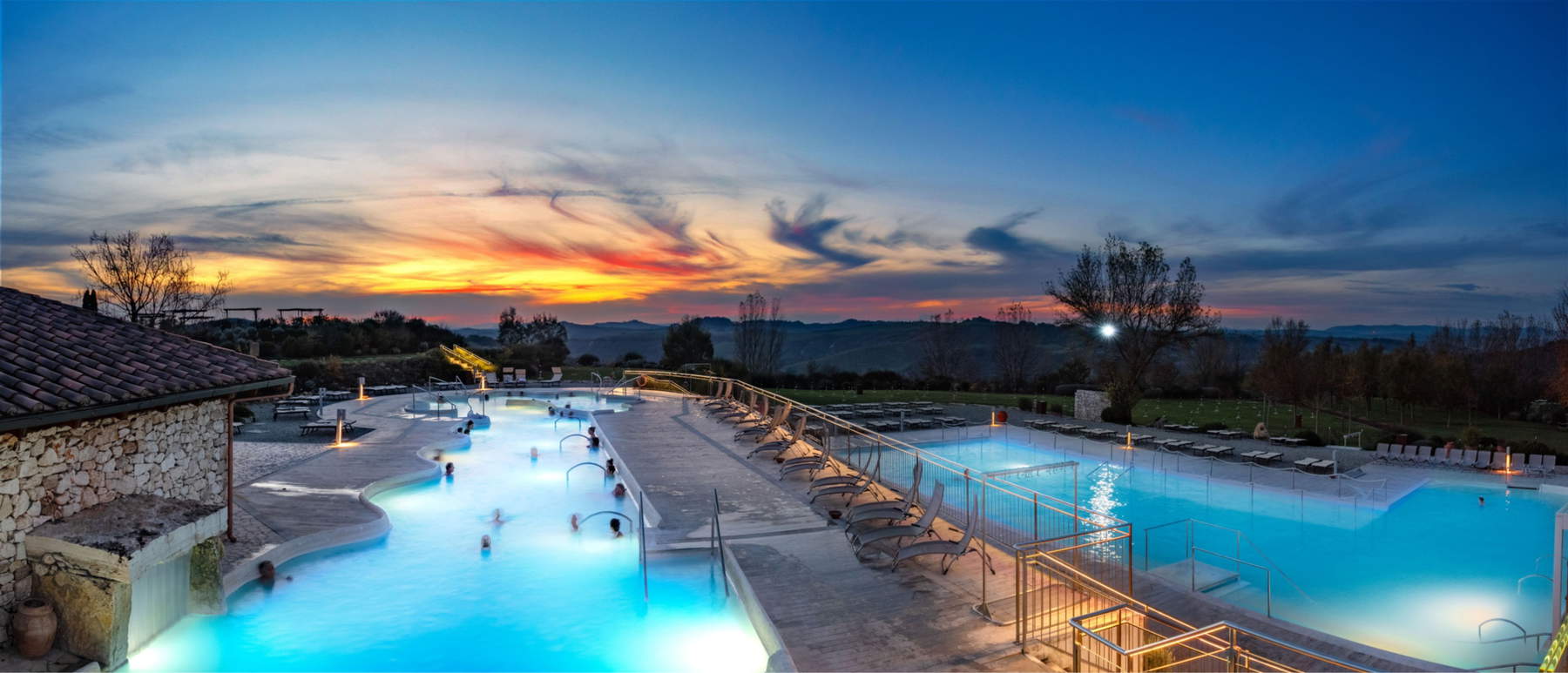
Monteroni d’Arbia is a town with agricultural traditions (in fact, it is located on the plain immediately below the Crete Senesi), which developed between the 13th and 14th centuries. Strongly linked to Siena (the properties of its land were in fact divided between the town’s noble families and the hospital of Santa Maria della Scala), Monteroni d’Arbia is the gateway to the southern part of the province of Siena and to the Val d’Orcia. Worth seeing is the parish church of Santi Giusto e Donato in the village as well as those in the territory, above all the two parish churches of San Giovanni Battista in Ville di Corsano and Lucignano d’Arbia. Also worth seeing is the unique Pieri Nerli Chapel, a nineteenth-century neo-Gothic construction nestled in the countryside.
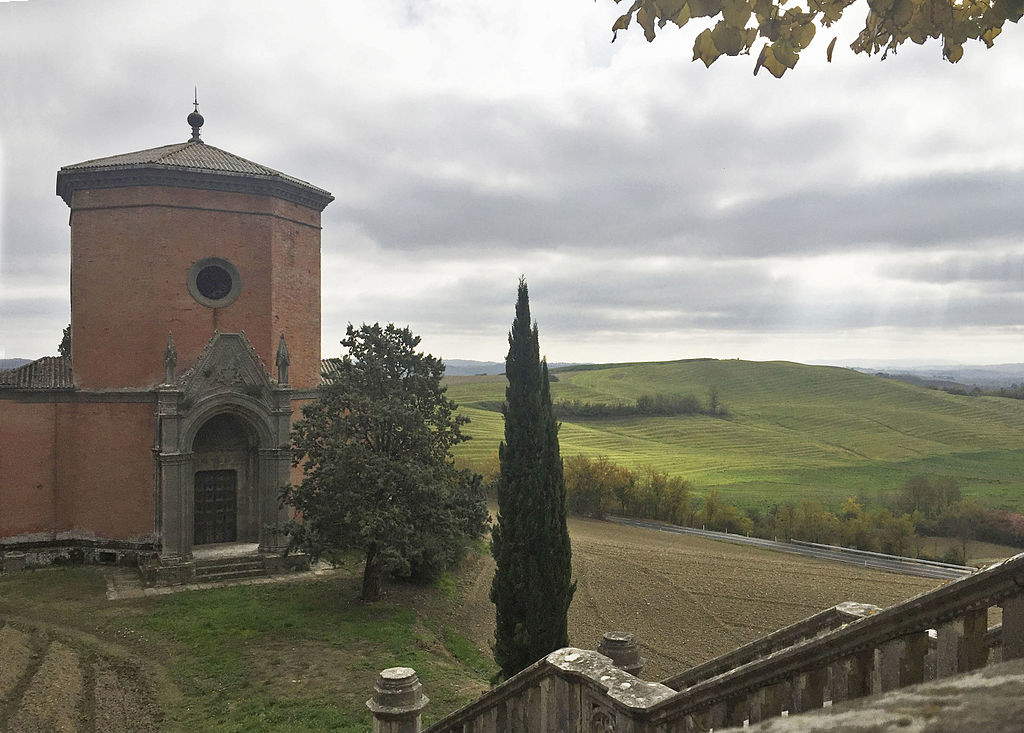
It does not have an actual name, but it is now known as the “Avenue of Cypresses”: it is a postcard path (in fact, its photo is among those most associated with the Crete Senesi), which meanders from Provincial Road 60 to the Baccoleno Farmhouse. The entrance is closed by an electric gate (it is in fact a private road), but from the nearby hills one can take beautiful pictures. Of course, those who are guests at the farmhouse can take home a photograph--right under the cypress trees.
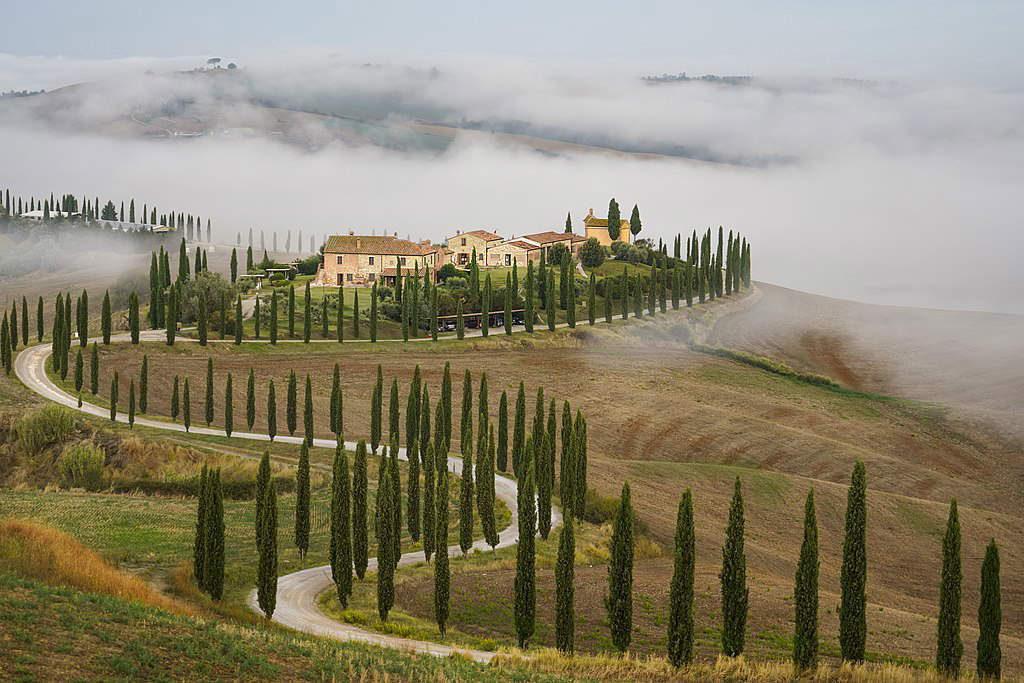
A small village of just over a thousand inhabitants, Trequanda is located on the border between the Crete Senesi and the Val d’Orcia: it has very ancient origins (in fact, the strange toponym is thought to be of Etruscan derivation) and spreads out under the massive fortress, also known as the Cacciaconti Castle from the name of the family that resided here in ancient times. Worth seeing is the church of Saints Peitro and Andrea with its unique checkerboard facade, made of alternating tuff and travertine ashlars, framing a Renaissance portal. Surrounding the village are many olive groves: the territory of Trequanda is in fact part of the National Association of Oil Cities, and the oil produced here is one of the best in Tuscany.
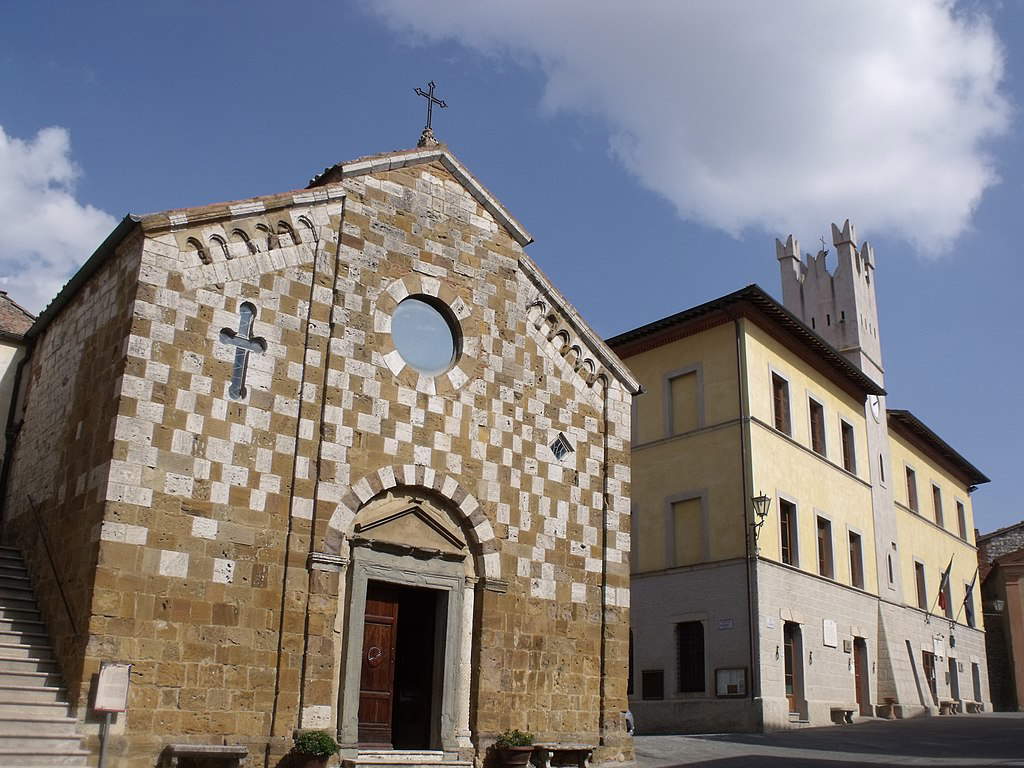
Now a hamlet of Montalcino, San Giovanni d’Asso, which was an autonomous municipality until 2016, is a fortified village located along the Asso stream, which gives it its name. It is located in the southern area of the Crete Senesi, bordering the Val d’Orcia, and is best known for its truffles, the symbol of the village, which also has a dedicated museum, the Truffle Museum located in the castle. Also worth visiting are the parish church of San Giovanni Battista, the village’s main church, with works by artists of the seventeenth-century Sienese school such as Ventura Salimbeni and Rutilio Manetti, and the beautiful Romanesque church of San Pietro in Villore, just outside the village, once decorated with sumptuous works of art such as the Triptych of Ugolino di Nerio now in the Uffizi.
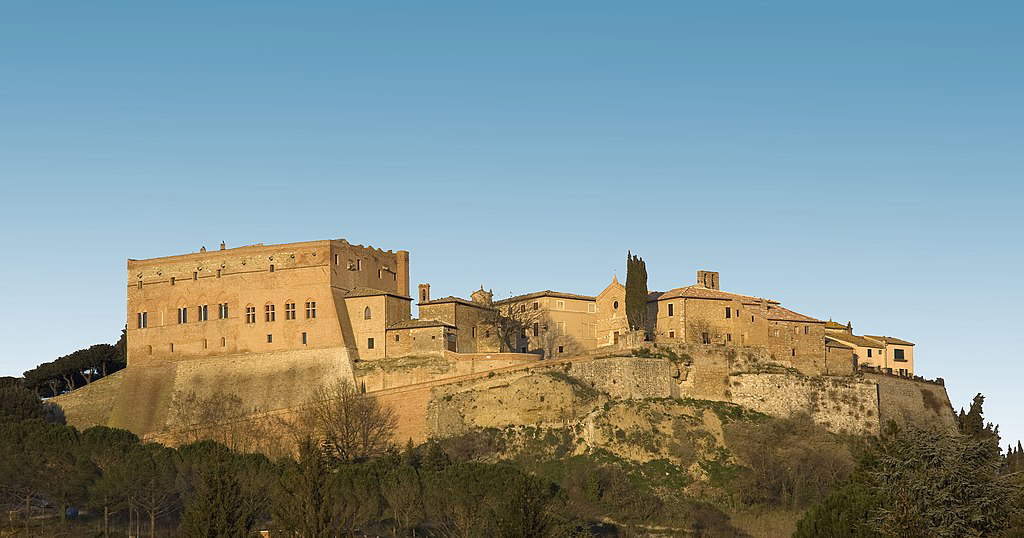
A small but delightful village located about seven kilometers from Asciano, not far from Monte Oliveto Maggiore: it can be visited in a short time given its size, but it is best known for the wonderful landscapes that can be seen from here. The village of Chiusure itself, which is built around the bulk of the Tolomei Fortress, rises above the gullies, on top of one of the highest hills in the Crete Senesi, and from here, as well as from the roads one travels to get to Chiusure, the entire landscape of the Crete is dominated. So those who want to see some of the most beautiful views in the whole area must get here.
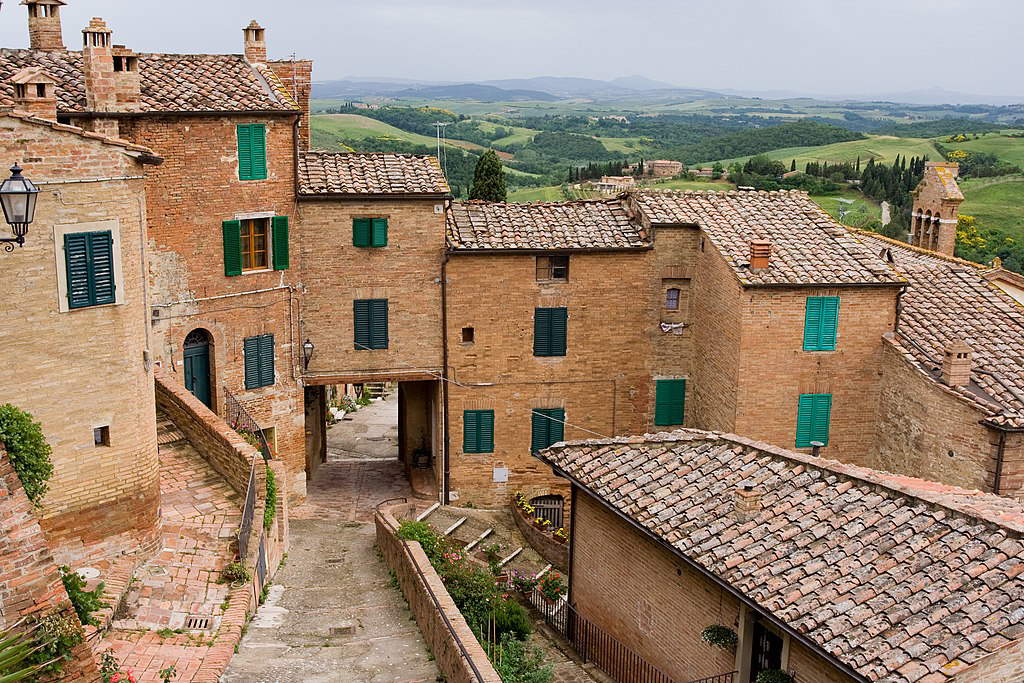
 |
| Crete Senesi, what to see: itinerary in 10 steps |
Warning: the translation into English of the original Italian article was created using automatic tools. We undertake to review all articles, but we do not guarantee the total absence of inaccuracies in the translation due to the program. You can find the original by clicking on the ITA button. If you find any mistake,please contact us.